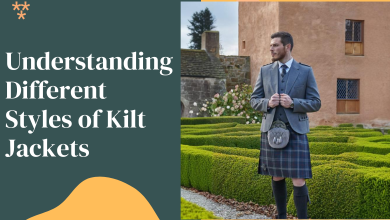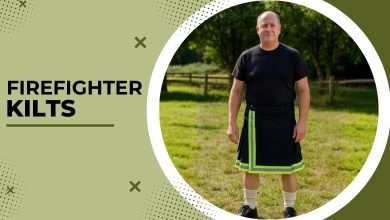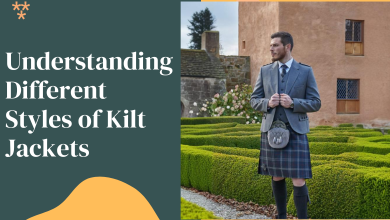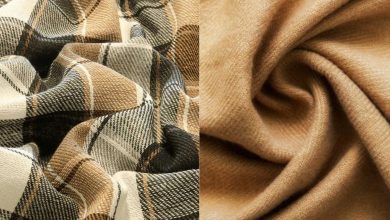Kilt Hose vs. Regular Socks: How They’re Different
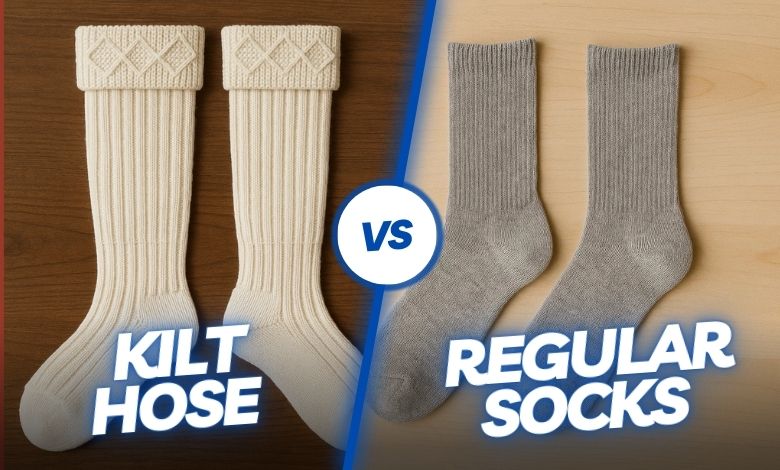
Hoses or kilt socks are the traditional parts of Scottish outfits that have been worn for centuries. Regular socks, on the other hand, are pairable with any attire regardless of their cultural connection. Both of these sock variations mismatch in many perspectives, and this article is about their dissimilarities. This guide aims to inform you how they are different from each other.
Table of Contents
ToggleWhat Are Kilt Hose and Why Are They Worn?
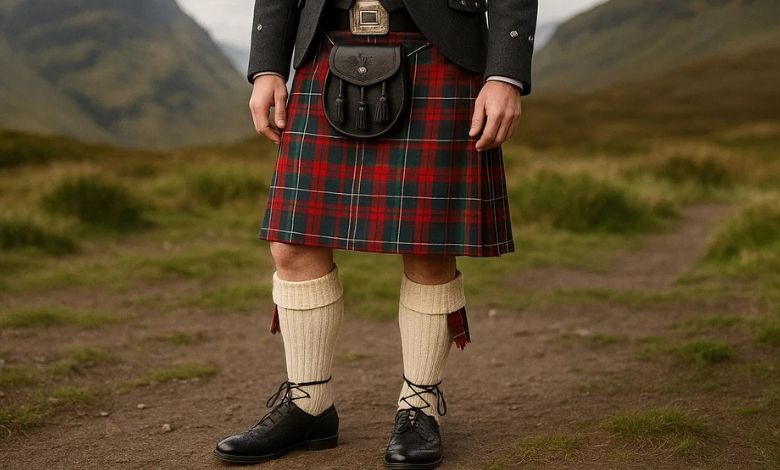
Before we discuss the differences between kilt and regular socks, let us address those who are new to men’s kilts and do not have much information about kilt accessories. Kilt socks are part of Scottish outfits and necessary to complete the attire. They are usually made of solid colored fabrics or with different tartan patterns. Their size is usually longer than average socks, covering legs to the upper calf or just below the knees.
What Are Regular Socks and How Are They Used?
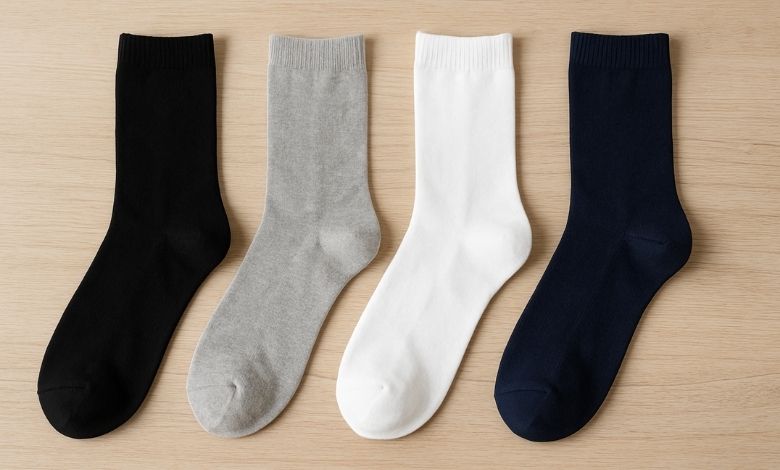
Regular socks, also known as everyday or casual socks, are made with cotton or cotton blends. These socks are available in different sizes, covering legs from the ankle to the middle of the calf and to the knees. Unlike Scottish socks, they can be worn with any attire and are suitable for both seasons: winter and summer. Similarly, their suitability peaks for every occasion regardless of the event’s theme.
Kilt Hose vs. Regular Socks: Key Differences
The above discussion must have clarified many things about kilts and regular socks. It’s time to step ahead and find out the key differences between them.
Length and Coverage
Kilt Hose: Kilt socks are usually longer than all other socks, touching the lower end of the knees. Below the knees, they even have foldings, and wearers use garter flashes to prevent them from falling.
Average Socks: Standard socks often have a short length. They are available in different sizes but do not require an additional accessory to hold them.
Material and Thickness
Kilt Hose: The traditional purpose of kilt hose was to keep the legs warm in the breezy environment of the Highlands. This is the reason their material is thick and made with wool that also makes tartan kilts.
Standard Socks: Regular socks do not have a typical material but can be made with a number of natural and synthetic fibers, including wool, cotton, poly-viscose, and more. Their thickness depends on the contemporary weather conditions.
Design and Aesthetic
Kilt Socks: Kilt socks usually have tartan patterns resembling the kilts. Moreover, their longer size helps wearers to have unique and stylish aesthetics. They usually help the wearer to show their tradition.
Regular Socks: They usually have different sizes and designs, offering them aesthetic versatility. They exist as ankle socks for warmer months and knee-high socks, usually for sporting events. In other words, they have multiple designs impacting aesthetics significantly.
Function and Usage
Kilt Hoses: If we discuss the function and usage of kilt hoses, they are practical items as they prevent cool hours. Similarly, they help wearers to hold a sgian-dubh (Scottish dirk).
Standard Socks: When it comes to the use of regular socks, they protect feet, regulate temperature, absorb moisture, and provide comfort like kilt socks.
Cultural Significance
Kilt Hose: Having a cultural connection is a plus point for kilt socks. The tartan patterns on those help wearers to showcase their connection with a specific culture. Patterns let the people tell which clan or region they belong to.
Regular Socks: Regular socks are simple and lack traditional connection with any culture. Everyone wears them without considering their country or region.
Cost and Availability
Kilt Socks: Let’s talk about the cost and availability of kilt socks. Their connection with a specific culture restricts their availability. Therefore, they are usually costlier than other socks.
Standard Socks: Standard socks, at the same time, are versatile, and their demand across the world makes them widely available. Regarding the price, they are usually more cost-effective than Scottish socks.
Maintenance and Durability
Kilt Socks: These socks are usually wool-made and require a specific level of maintenance, and they are durable as well. Their nature of keeping wearers warm signifies them as more durable than others.
Regular Socks: Regular socks are not restricted to a particular fabric, and durability is not an essential requirement. So, the maintenance level is a bit easier, while the permanence depends on the wearer’s choice.
Events to Wear
Kilt Hoses: Since they are a permanent part of formal kilt outfits, ensure their suitability for traditional Highland events like Highland games, Burns Night, and more.
Regular Socks: They are totally different from kilt hose as they are not specific to any dress or event. You can wear them at home and even as a part of a tuxedo outfit.
Comparison Table
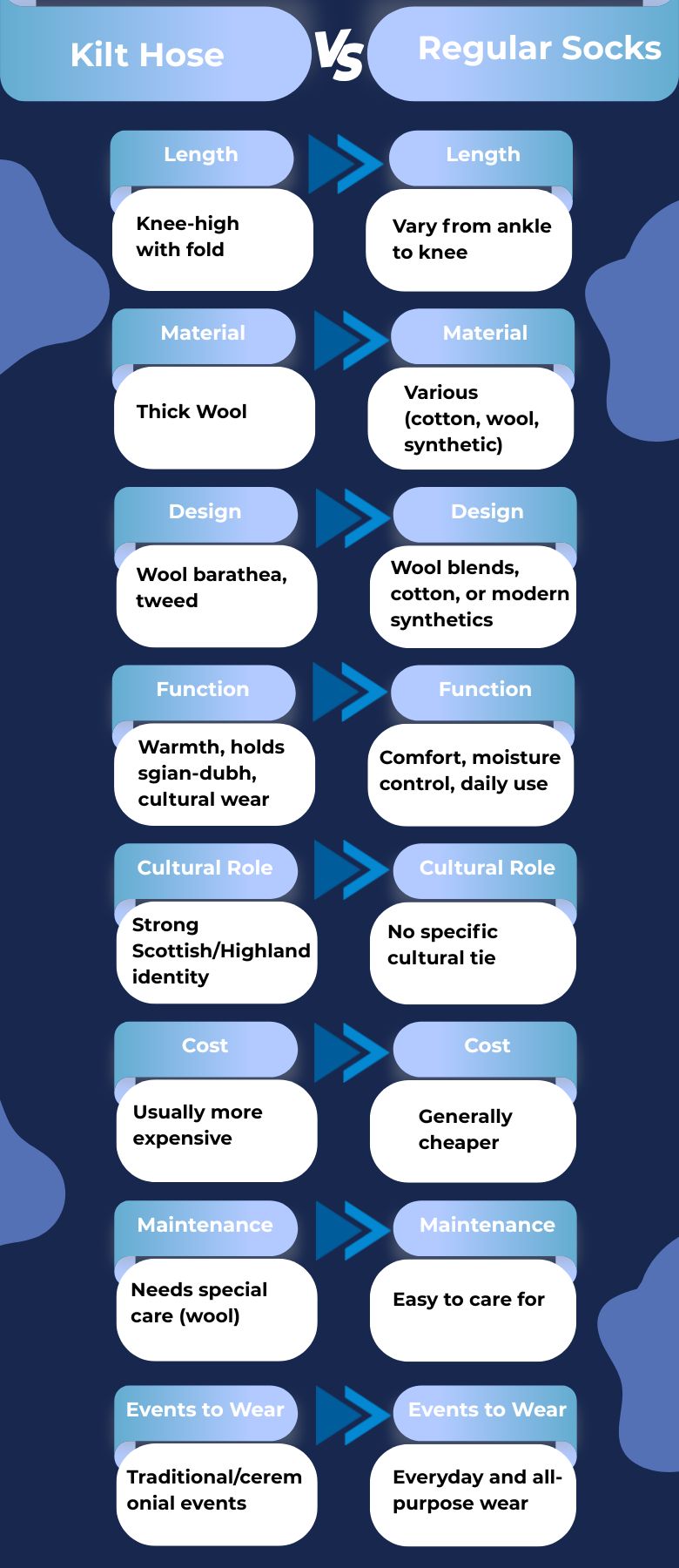
| Aspects | Kilt Hose | Regular Socks |
| Length | Knee-high with fold | Vary from ankle to knee |
| Material | Thick Wool | Various (cotton, wool, synthetic) |
| Design | Traditional/tartan patterns | Casual, formal, athletic styles |
| Function | Warmth, holds sgian-dubh, cultural wear | Comfort, moisture control, daily use |
| Cultural Role | Strong Scottish/Highland identity | No specific cultural tie |
| Cost | Usually more expensive | Generally cheaper |
| Maintenance | Needs special care (wool) | Easy to care for |
| Events to Wear | Traditional/ceremonial events | Everyday and all-purpose wear |
Caring for Kilt Hose and Regular Socks
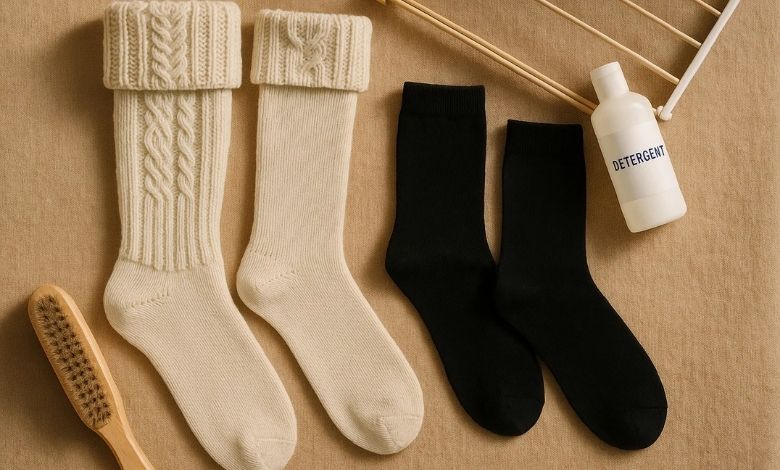
Every individual who has an interest in Scottish clothing and wears hoses should know that caring tips also differ from each other. Hoses require the same caring protocols as a kilt. Therefore, regular socks are a bit easy to care for.
Washing tips: Kilt hoses are not machine washable like standard socks. They must hand-wash them using mild detergent.
Drying Recommendations: The Drying process is not the same. Tartan products cannot be dried using gadgets, but they need to air dry, while normal socks are dryable using machines.
Storage Best Practices: Fold kilt hoses properly, maintaining their shape, and store them in a breathable space. However, these rules are not completely applicable to everyday socks.
Repair Tips for Holes: The Repairing process for both sock variations is the same. Take a matching fabric and patch them with small holes. If the impacted area is significant, consider replacing them.
Choosing the Right Kilt Hose At The Utility Kilt
Now that you know about the key differences between kilt hoses and regular socks, it must be clear to you which kilt variation you should buy next. If you are looking for a reliable brand to buy kilt hoses, we recommend you visit the collection of “The Utility Kilt.” At our store, we have a large collection of kilts and their accessories at affordable prices.
FAQs About Kilt Socks
Can kilt hose be worn without a kilt?
Yes, they are pairable even without kilt outfits, while the only condition is to represent a Scottish identity. You can pair them with Scottish casual attire.
How do kilt hoses impact comfort during long events?
Scottish socks are comfortable even during long events, as they have a tendency to maintain comfort. Similarly, heavy fabric keeps you warm in colder environments, while lightweight fabric ensures breathability on hot days.
What is the significance of the colors used in kilt hose?
The colors of kilt hose frequently have symbolic importance, especially when they allude to tartans and clan ties. Red, green, and blue are hues that might symbolize landscapes, bravery, or even religious associations, whereas white and cream are historically linked to more formal events or the kilt rental industry.
Are synthetic kilt hose considered authentic?
Despite not being historically accurate in the sense that they are constructed of natural materials like wool, synthetic kilt hose are a popular and acceptable modern substitute, particularly for informal usage.
